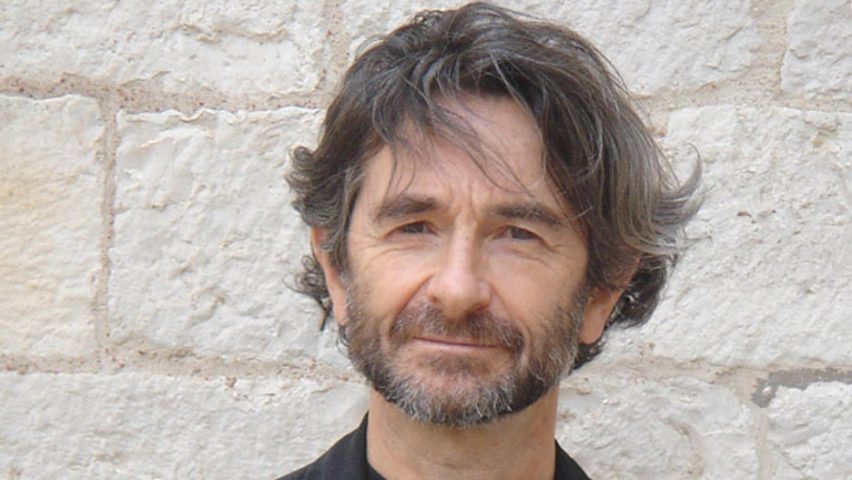Cristiano Toraldo di Francia, the Italian architect who co-founded the radical architecture and design firm Superstudio, has died at the age of 78.
Toraldo di Francia started Superstudio in 1966 with Adolfo Natalini while studying at the University of Florence. They were subsequently joined by Gian Piero Frassinelli, Alessandro and Roberto Magris, and Alessandro Poli.
Superstudio helped start Italy's radical architecture and design movement among the avant-garde in the 1960s and 1970s.
Toraldo di Francia denounced modernism
In 1966 Superstudio collaborated with Archizoom Associati to create a colourful installation-as-manifesto that denounced modernist architecture at the Superarchitettura show.
"Superarchitettura is the architecture of superproduction, superconsumption, superinduction to consume, the supermarket, the superman, super gas," the groups declared on a poster for the show.
Superstudio's most famous work, produced in 1969, was Continuous monument: an architectural model for total urbanisation, which imagined a dystopian future where a super grid called Il Monumento Continuo covered the world. The series of photo collages were an attack on 1960s urban planning methods and modernism's penchants for concrete boxes.
Campaigner for sustainable urban planning
Born in Florence in 1941, Toraldo di Francia studied architecture at the prestigious University of Florence and graduated in 1968. His thesis, Holiday machine on the Calabrian coast, was published in Domus magazine and the drawings he produced to accompany it have since been acquired by the Centre Pompidou.
With Superstudio, Toraldo di Francia campaigned for environmental justice. As students they had been radicalised by the 1966 Flood of the Arno in Florence, a disaster that claimed 101 lives and had been caused in part by urban development.
They were critical of architecture's modes of production, and during the early 1970s they made a series of films about the harmful effects of construction on the environment.
Although Superstudio refused to built beyond installations, their politically charged work was executed in collages, drawings, films – and even furniture pieces.
In 1968 they made the Sofa Bazaar, an modular half circle chair with a high back that was upholstered in fake fur. Their Quaderna 2600 table, with its all-over white and black square grid – is still in production by Zanotta.
Toraldo di Francia designed public works of architecture after Superstudio
After Superstudio dissolved in 1980 Toraldo di Francia started working as an architect, first in Florence and then later in Filottrano with Lorena Luccioni, an architect who he married in 1999.
During his career Toraldo di Francia designed public spaces, train and coach stations, pharmacies, clinics and bus shelters. He also designed the interior for the Circumvesuviana train for Breda, and the exhibition space for the Maestri della Carrozzeria Italiana show in 2000 at the Centre Pompidou.
His most controversial solo work was La Pensilina di Santa Maria Novella, a bus and taxi shelter in Florence'that earned the moniker Pensilina di Toraldo di Francia after its designer.
Critics said it was out of touch with the nearby 15th century Santa Maria Novella church, although Toraldo di Francia's design referenced its unusual patterned facade, and it was dismantled in 2010 after becoming a magnet for antisocial behaviour.
Other notable works include the San Paolo di Prato Banking Institute, the Banca del Chianti headquarters and the Florence Statuto Railway Station.
He also designed furniture for Itlian brands including Poltronova and Flos, and was the editor in chief of MAPPE magazine.
He taught and lectured at universities in the US, Japan, and across Europe, and in 2003 Toraldo di Francia helped found the School of Architecture and Industrial Design of the University of Camerino.

